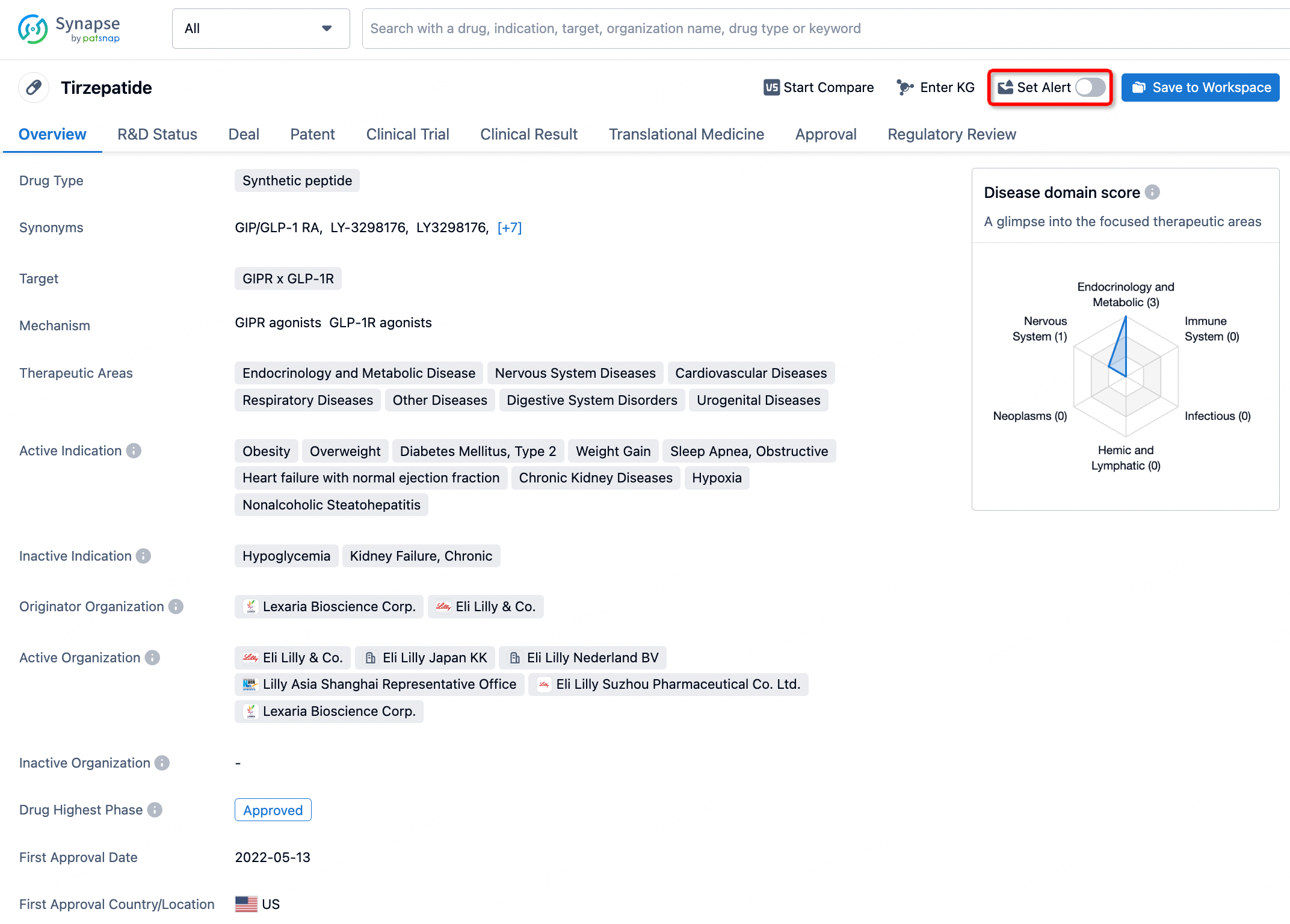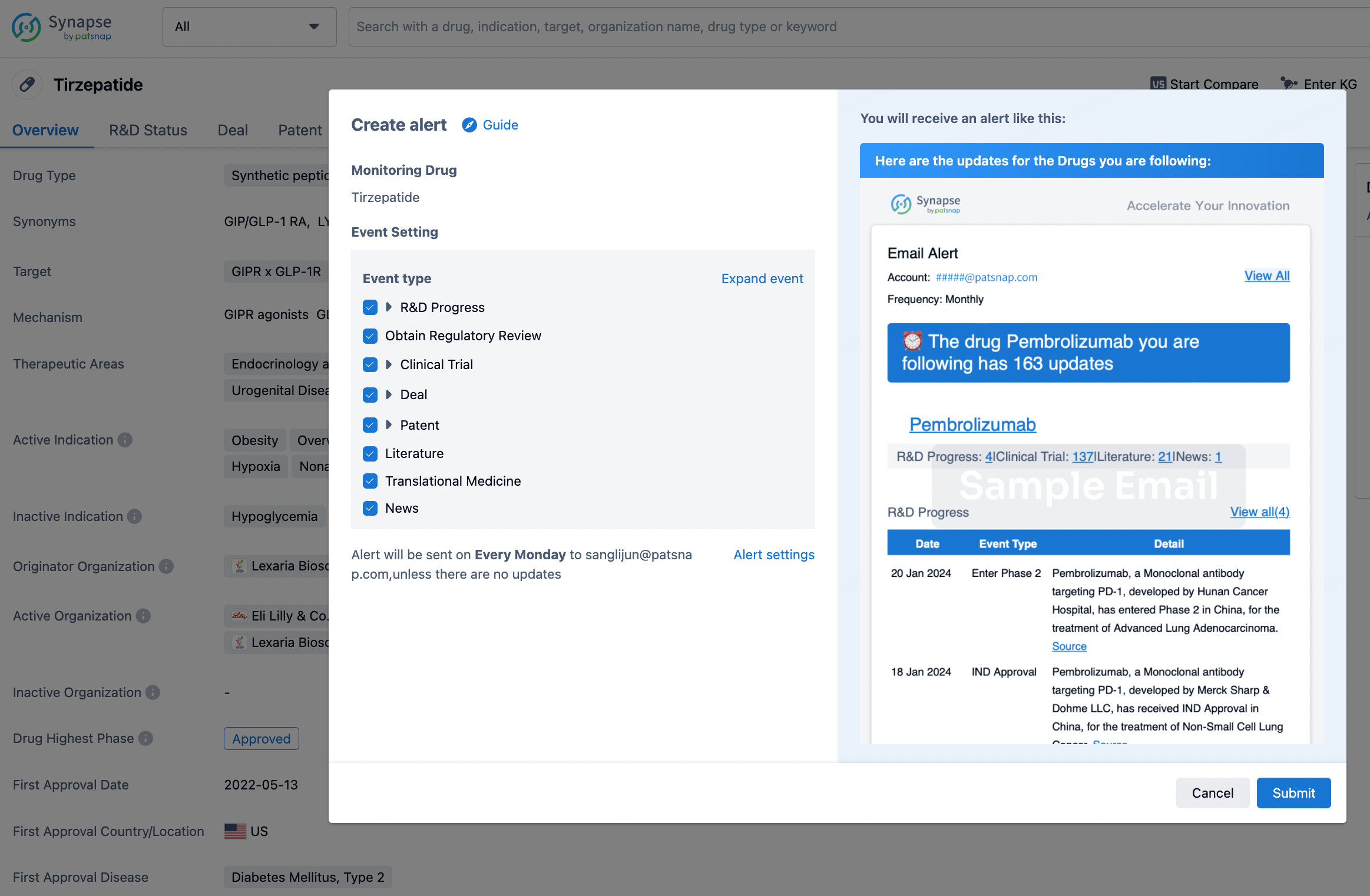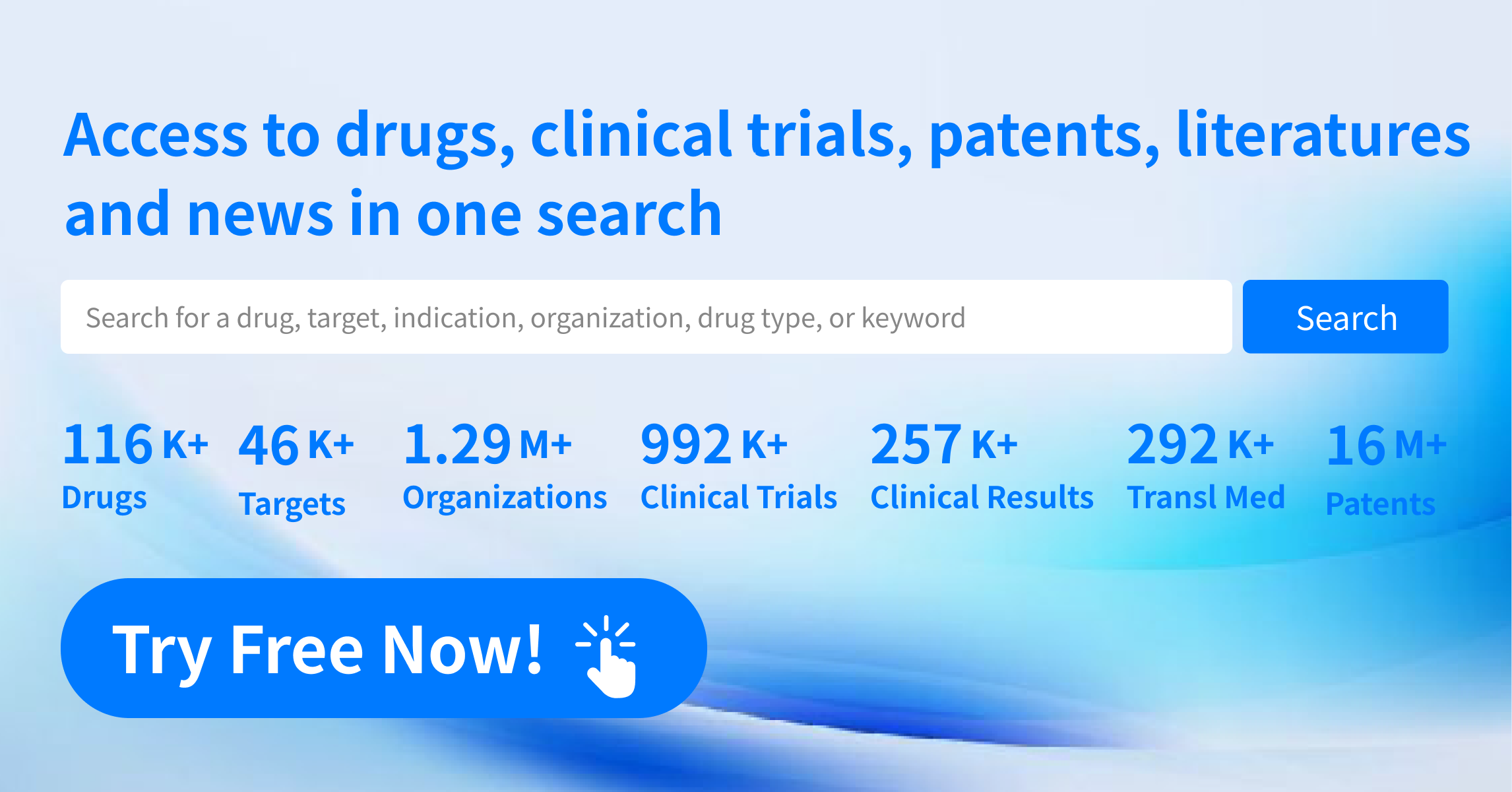Request Demo
What is the mechanism of Mecysteine Hydrochloride?
18 July 2024
Mecysteine hydrochloride is an intriguing pharmaceutical compound that plays a vital role in respiratory therapy. To understand its mechanism, it is essential to delve into the biochemical and pharmacological properties that make Mecysteine hydrochloride effective.
Mecysteine hydrochloride is a mucolytic agent, a class of drugs designed to break down mucus to facilitate its expulsion from the respiratory tract. Mucolytics are critical in treating conditions where mucus production is excessive, such as chronic obstructive pulmonary disease (COPD), bronchitis, cystic fibrosis, and other respiratory illnesses. By reducing the viscosity of mucus, Mecysteine hydrochloride helps clear the airways, thereby improving breathing and reducing the risk of infection.
The mechanism of action of Mecysteine hydrochloride primarily revolves around its ability to disrupt the structure of mucus. Mucus is a gel-like substance composed of mucin glycoproteins, water, and various other components. The mucin glycoproteins are responsible for the viscous and elastic properties of mucus due to their extensive network of disulfide bonds. These bonds form cross-links between the mucin molecules, giving mucus its thick and sticky consistency.
Mecysteine hydrochloride contains a thiol group, which is a sulfur-containing chemical group. When administered, the thiol group of Mecysteine hydrochloride interacts with the disulfide bonds in the mucin glycoproteins. This interaction leads to the reduction and cleavage of the disulfide bonds, effectively breaking the cross-links that hold the mucin network together. As a result, the mucus becomes less viscous and more fluid, making it easier for the cilia in the respiratory tract to move the mucus out of the airways.
In addition to its mucolytic action, Mecysteine hydrochloride also exhibits antioxidant properties. The thiol group can neutralize reactive oxygen species (ROS), which are harmful molecules that can cause oxidative stress and damage to respiratory tissues. By scavenging ROS, Mecysteine hydrochloride helps to protect the respiratory epithelium and reduce inflammation, further contributing to improved respiratory function.
The pharmacokinetics of Mecysteine hydrochloride involve its absorption, distribution, metabolism, and excretion. After oral administration, the drug is rapidly absorbed into the bloodstream. It is then distributed throughout the body, reaching the respiratory tissues where it exerts its mucolytic and antioxidant effects. Mecysteine hydrochloride is metabolized in the liver and excreted primarily through the urine.
Clinical studies have demonstrated the efficacy of Mecysteine hydrochloride in improving mucus clearance and respiratory function in patients with chronic respiratory conditions. It is generally well-tolerated, with a favorable safety profile. Common side effects are usually mild and may include gastrointestinal disturbances such as nausea and diarrhea.
In conclusion, Mecysteine hydrochloride is a valuable mucolytic agent that works by disrupting the disulfide bonds in mucin glycoproteins, thereby reducing the viscosity of mucus and facilitating its expulsion from the respiratory tract. Its additional antioxidant properties further enhance its therapeutic benefits. Understanding the mechanism of Mecysteine hydrochloride provides insight into its role in respiratory therapy and underscores its importance in managing conditions characterized by excessive mucus production.
Mecysteine hydrochloride is a mucolytic agent, a class of drugs designed to break down mucus to facilitate its expulsion from the respiratory tract. Mucolytics are critical in treating conditions where mucus production is excessive, such as chronic obstructive pulmonary disease (COPD), bronchitis, cystic fibrosis, and other respiratory illnesses. By reducing the viscosity of mucus, Mecysteine hydrochloride helps clear the airways, thereby improving breathing and reducing the risk of infection.
The mechanism of action of Mecysteine hydrochloride primarily revolves around its ability to disrupt the structure of mucus. Mucus is a gel-like substance composed of mucin glycoproteins, water, and various other components. The mucin glycoproteins are responsible for the viscous and elastic properties of mucus due to their extensive network of disulfide bonds. These bonds form cross-links between the mucin molecules, giving mucus its thick and sticky consistency.
Mecysteine hydrochloride contains a thiol group, which is a sulfur-containing chemical group. When administered, the thiol group of Mecysteine hydrochloride interacts with the disulfide bonds in the mucin glycoproteins. This interaction leads to the reduction and cleavage of the disulfide bonds, effectively breaking the cross-links that hold the mucin network together. As a result, the mucus becomes less viscous and more fluid, making it easier for the cilia in the respiratory tract to move the mucus out of the airways.
In addition to its mucolytic action, Mecysteine hydrochloride also exhibits antioxidant properties. The thiol group can neutralize reactive oxygen species (ROS), which are harmful molecules that can cause oxidative stress and damage to respiratory tissues. By scavenging ROS, Mecysteine hydrochloride helps to protect the respiratory epithelium and reduce inflammation, further contributing to improved respiratory function.
The pharmacokinetics of Mecysteine hydrochloride involve its absorption, distribution, metabolism, and excretion. After oral administration, the drug is rapidly absorbed into the bloodstream. It is then distributed throughout the body, reaching the respiratory tissues where it exerts its mucolytic and antioxidant effects. Mecysteine hydrochloride is metabolized in the liver and excreted primarily through the urine.
Clinical studies have demonstrated the efficacy of Mecysteine hydrochloride in improving mucus clearance and respiratory function in patients with chronic respiratory conditions. It is generally well-tolerated, with a favorable safety profile. Common side effects are usually mild and may include gastrointestinal disturbances such as nausea and diarrhea.
In conclusion, Mecysteine hydrochloride is a valuable mucolytic agent that works by disrupting the disulfide bonds in mucin glycoproteins, thereby reducing the viscosity of mucus and facilitating its expulsion from the respiratory tract. Its additional antioxidant properties further enhance its therapeutic benefits. Understanding the mechanism of Mecysteine hydrochloride provides insight into its role in respiratory therapy and underscores its importance in managing conditions characterized by excessive mucus production.
How to obtain the latest development progress of all drugs?
In the Synapse database, you can stay updated on the latest research and development advances of all drugs. This service is accessible anytime and anywhere, with updates available daily or weekly. Use the "Set Alert" function to stay informed. Click on the image below to embark on a brand new journey of drug discovery!
AI Agents Built for Biopharma Breakthroughs
Accelerate discovery. Empower decisions. Transform outcomes.
Get started for free today!
Accelerate Strategic R&D decision making with Synapse, PatSnap’s AI-powered Connected Innovation Intelligence Platform Built for Life Sciences Professionals.
Start your data trial now!
Synapse data is also accessible to external entities via APIs or data packages. Empower better decisions with the latest in pharmaceutical intelligence.


